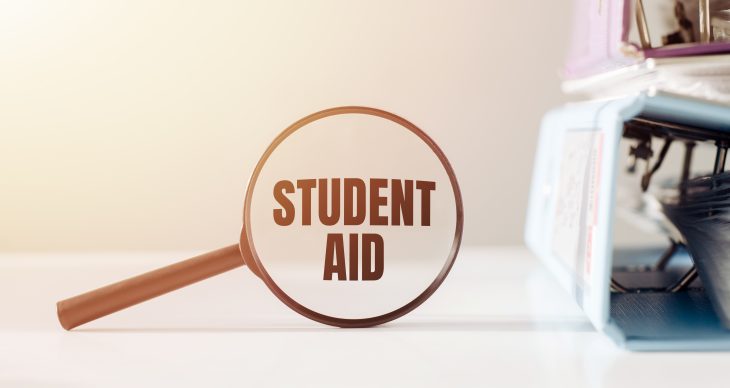Going to college and getting a high-paying job after graduation has been part of the American dream for ages. Getting a degree is an investment in your future, but it can be an expensive one. And few potential students have tens of thousands of dollars to pay tuition and other costs up front.
Student aid can make a huge difference in what you pay out of pocket and open up opportunities you might not have otherwise. Whether it’s a grant that covers your books or a loan that helps you pay for tuition, every little bit helps.
Student aid is financial help given to students to help cover the costs of college. These costs often include tuition (the big one), room and board (where you sleep and eat), books, supplies, and even personal expenses.
Common Misconceptions About Student Aid
There is a lot of information out there about student aid and not all of it is accurate. Misunderstandings can lead to missed opportunities, so let’s clear up some of the most common misconceptions about student aid.
1. Student Aid Is Only for Low-Income Families
One of the biggest myths is that student aid is only available to students from low-income families. While income is a significant factor, it’s not the only one.
Many forms of aid, like scholarships and merit-based grants, are awarded based on academic achievement, talents, or other criteria that aren’t directly tied to financial need. Even if your family’s income is higher, you may still qualify for some forms of aid, especially if you have special circumstances.
2. Private Schools Don’t Offer as Much Financial Aid as Public Schools
Many people assume that private schools – because they’re more expensive – offer less financial aid than public schools. However, private colleges and universities often have larger endowments, allowing them to provide substantial financial aid packages, sometimes even more generous than those offered by public institutions.
In some cases, attending a private school could end up costing you less out of pocket than a public one, thanks to their financial aid offerings.
3. You Have to Be a Full-Time Student to Get Student Aid
While being a full-time student can affect the amount of aid you receive, it’s not a requirement for receiving aid. Part-time students are also eligible for financial aid, although the amount might be prorated based on the number of credits you’re taking. There are also specific types of aid, like some grants and scholarships, designed with part-time students in mind.
4. Student Aid Covers Everything
While student aid can significantly reduce the cost of college, it rarely covers all expenses. Many students still need to budget carefully and might need to work part-time or seek additional scholarships. Understanding what your student aid covers and where you might need to fill in gaps can help you plan better for your college finances.
5. I Only Need to Apply for Financial Aid Once
Some students think they can apply for financial aid once and be set for their entire college experience. But, you need to reapply for financial aid each year by submitting a new FAFSA. Your financial situation and the amount of aid you’re eligible for might change from year to year.
6. All Student Aid Comes in the Form of Loans
While loans are a common form of student aid, they’re not the only type. Find out which type of student aid you do not need to repay next.



